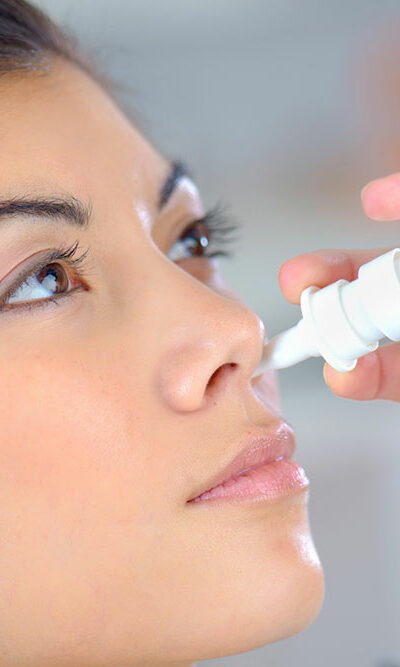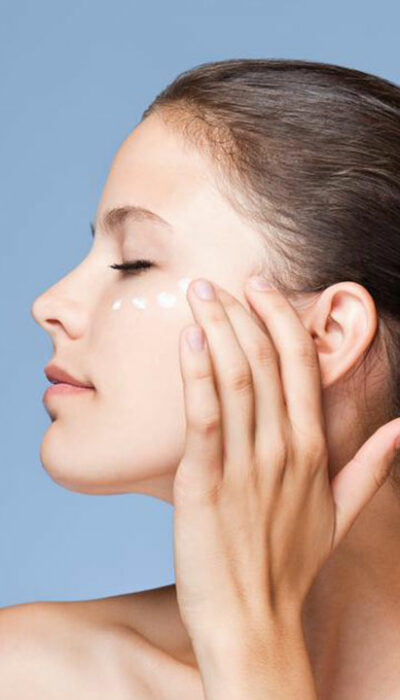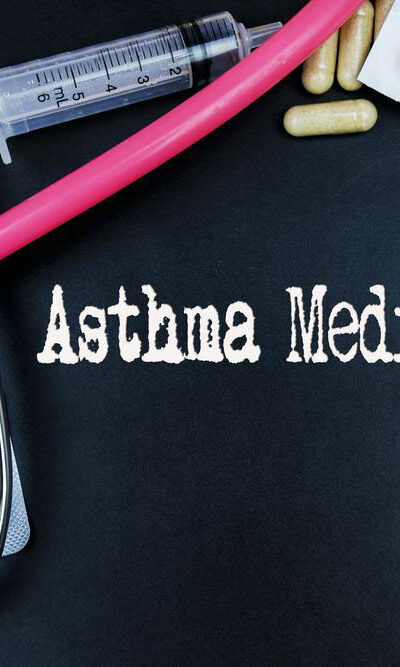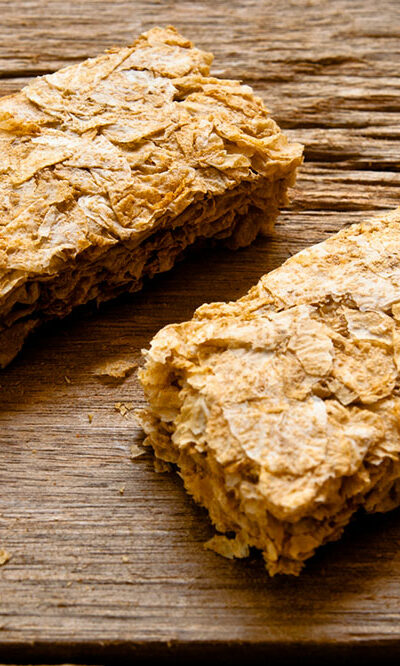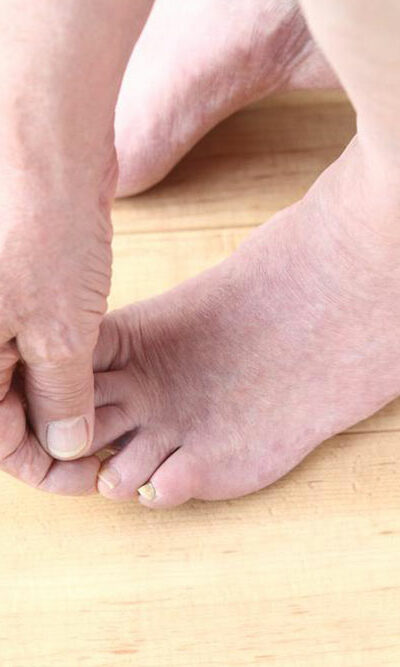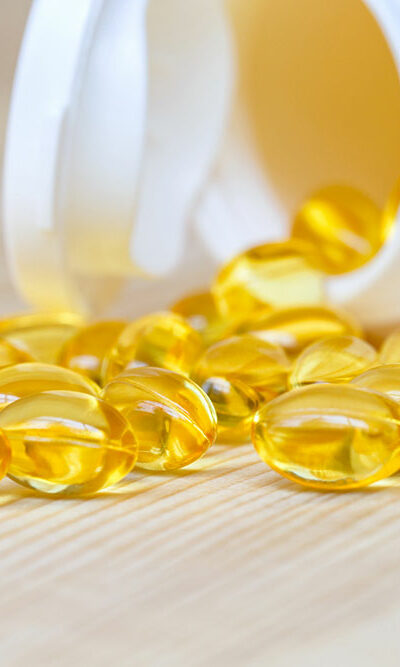
A Guide to Resveratrol Supplements
People often think that temptation is not a good thing. However, if you have a craving for red wine or chocolate, it might be good for you. Red wine and chocolate have higher levels of resveratrol. Do you want to know what resveratrol is? Resveratrol is a polyphenolic compound which is produced by plants under specific conditions like inflammation or a dry spell or to fight against fungi. According to several research studies, resveratrol has many benefits for human health due to its anti-aging properties. It also acts as a protective antioxidant and is good for a human’s overall health. It is known to prevent cancer and is good for the heart as well. Due to its many benefits, it has drawn the attention of botanists who came up with the best resveratrol supplements which provide adequate amounts of resveratrol for the human body. Resveratrol supplements work in the same way as resveratrol in red grapes, except that they contain a better dosage of around 250-500 mg per capsule. They reduce cell clotting activity and pain. The best resveratrol supplements have gained a lot of attention in recent times. In our country, people spend more than $30 million on resveratrol supplements alone. Some of the best and most effective resveratrol supplements are as follows: aSquared Nutrition’s 1,000 mg Resveratrol Supplements: Readers can buy it for around $29.99, and for this price, they will get 180 supplements BRI Nutrition Resveratrol: These supplements cost about $22.69. Jarrow Formulas Natural Source Pterostilbene, 50 mg: You can get around 60 veggie capsules for roughly $14.24. NutraChamps’ 1400mg Resveratrol Supplement: You can purchase a bottle of 60 vegan capsules for $19.99 approximately. Resveratrol Supplement Potent 1400mg Formula by Purest Vantage: You can get 60 veggie capsules for around $17.99. Apart from these, you can find many other resveratrol supplements in medical stores which are as good as the others mentioned above.
